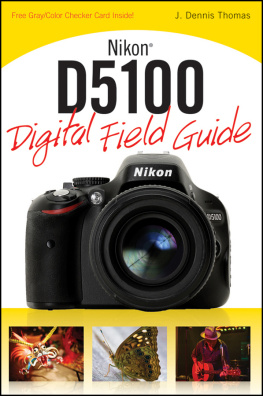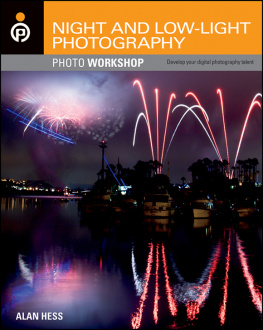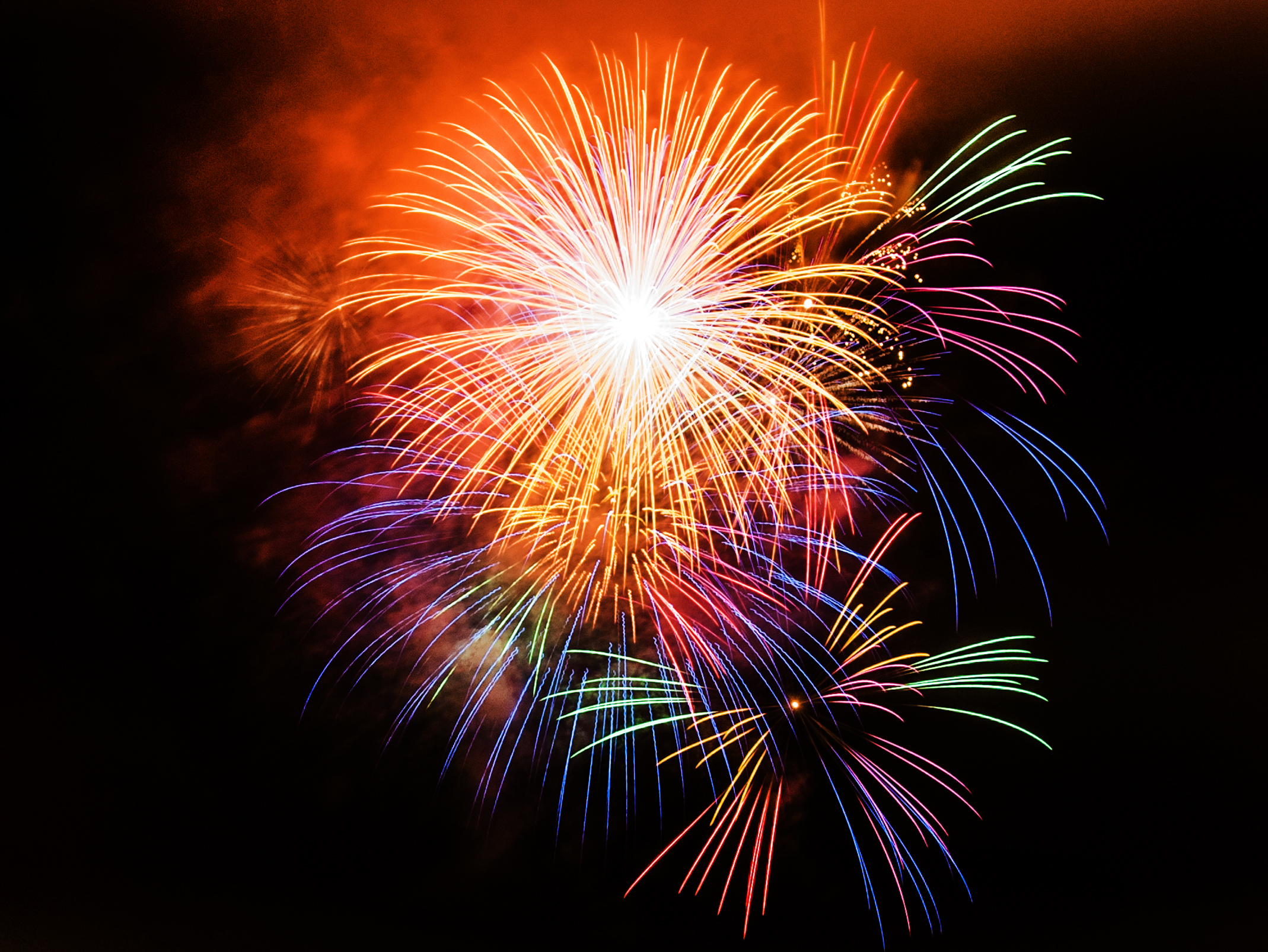Photographing Fireworks
The Right Gear, Location, and Techniques for Capturing Beautiful Images
Alan Hess

Photographing Fireworks: The Right Gear, Location, and Techniques for Capturing Beautiful Images
Alan Hess
Peachpit Press
www.peachpit.com
To report errors, please send a note to
Peachpit Press is a division of Pearson Education.
Copyright 2014 by Peachpit Press
All images copyright by Alan Hess
Project Editor: Valerie Witte
Production Editor: Lisa Brazieal
Copyeditor: Kelly Anton
Cover Design: Aren Straiger
Interior Design: Charlene Charles-Will
Composition: codeMantra, LLC
Cover Image: Alan Hess
Notice of Rights
All rights reserved. No part of this ebook may be reproduced or transmitted in any form by any means, electronic, mechanical, photocopying, recording, or otherwise, without the prior written permission of the publisher. For information on getting permission for reprints and excerpts, contact .
Notice of Liability
The information in this ebook is distributed on an As Is basis, without warranty. While every precaution has been taken in the preparation of the ebook, neither the author nor Peachpit shall have any liability to any person or entity with respect to any loss or damage caused or alleged to be caused directly or indirectly by the instructions contained in this ebook or by the computer software and hardware products described in it.
Trademarks
Many of the designations used by manufacturers and sellers to distinguish their products are claimed as trademarks. Where those designations appear in this ebook, and Peachpit was aware of a trademark claim, the designations appear as requested by the owner of the trademark. All other product names and services identified throughout this ebook are used in editorial fashion only and for the benefit of such companies with no intention of infringement of the trademark. No such use, or the use of any trade name, is intended to convey endorsement or other affiliation with this ebook.
ISBN-13: 9780133562507
ISBN-10: 0133562492
Acknowledgments
Writing is not as easy as it might seem, and it isnt something I do alone in a vacuum. A great deal of work goes into these projects, and it could not get done without the team over at Peachpit: Ted Waitt, Scott Cowlin, Sara Jane Todd, Valerie Witte, Kelly Kordes Anton, and Lisa Brazieal.
A big thank you to my family and friends for your understanding as I run off at the most inconvenient times to set up a tripod to capture the fireworks displays that everyone else is just hanging around and enjoying.
About the Author

Author Photo: Drew Gurian
Alan Hess is a San Diego-based photographer specializing in concert and live-event photography. He has photographed hundreds of concerts in clubs and arenas, including some of the biggest names in music, ranging from Justin Bieber to The Who. Alan is currently the house photographer for a large venue in Southern California where he photographs a wide variety of concerts and events.
When he isnt out shooting concerts, he is writing. Alan has authored numerous photography books, covering such topics as concert photography and the basics of exposure and composition.
Find out more at www.alanhessphotography.com.
Dedication
To Nadra: Thank you for all your love and support. I couldnt do any of this without you.
Fireworks Basics
The Challenge of Capturing Light in Motion
People are drawn to fireworks displays. The rockets shooting skyward, exploding in bright flashes of color as they drift back to earth, are endlessly exciting. Fireworks are not common occurrences because they signify special occasions and events. The special nature and rarity of these impressive pyrotechnic displays has created a drive to capture and record the colorful explosions and impressive colors against the night sky. With the techniques and tips in this book, you can learn to capture frame-worthy fireworks and create lasting memories.
A Brief History of Fireworks
Fireworks have been around for a very long time. They were invented hundreds of years ago in the Far East, and then made their way west when Marco Polo brought firecrackers to Italy in 1292. Essentially, they were gunpowder stuffed into bamboo shoots (later in paper tubes) that showered orange sparks. In the 1600s, fireworks were brought over to the Americas and the first Fourth of July fireworks display was held in 1777, a year after the Declaration of Independence was signed.
The bright colors that are standard in todays fireworks displays were created back in the 1830s by the Italians, who started to add metallic salts to the mixture. The different salts produced different colors, adding reds, greens, blues, and yellows to the original orange.
Fireworks have been used to commemorate special occasions for many years, and they draw huge crowds of spectators. There is something awesome about watching a fireworks display, and that awe drives photographers to try and capture the display.
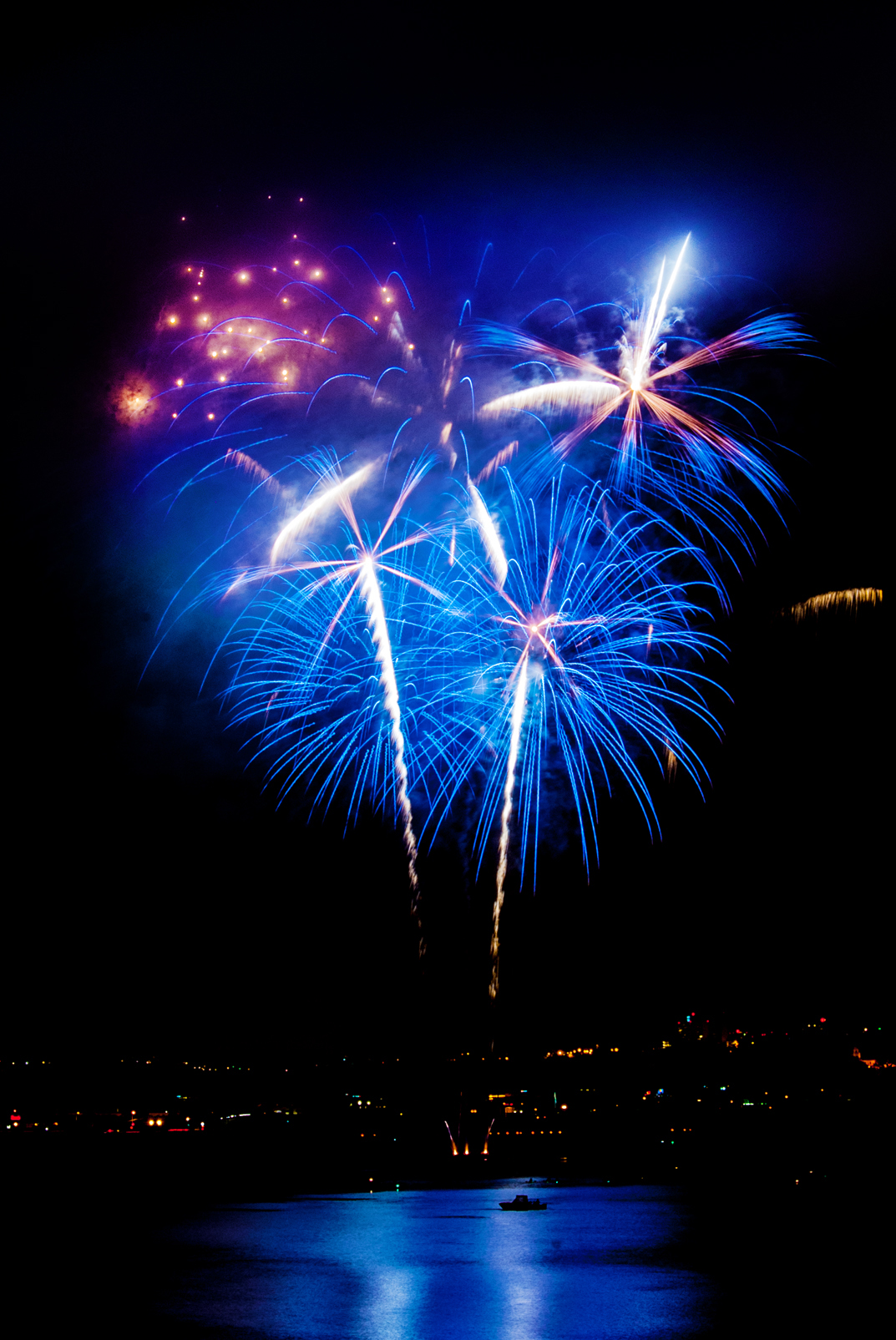
ISO 400, 4.7 seconds, f/16
Multiple explosions of different colors are standard in modern fireworks displays.
How Fireworks Work
To understand what it is you are photographing, you need to understand a little about how fireworks actually work. The aerial fireworks that you see in these photographs consist of a shell that is launched high into the air. Then a charge in the middle of the shell ignites a set of smaller shells that burn brightly as they first explode outward and then fall back to earth. These bright, burning pieces can be made to show different patterns and colors as they explode and travel through the night sky.
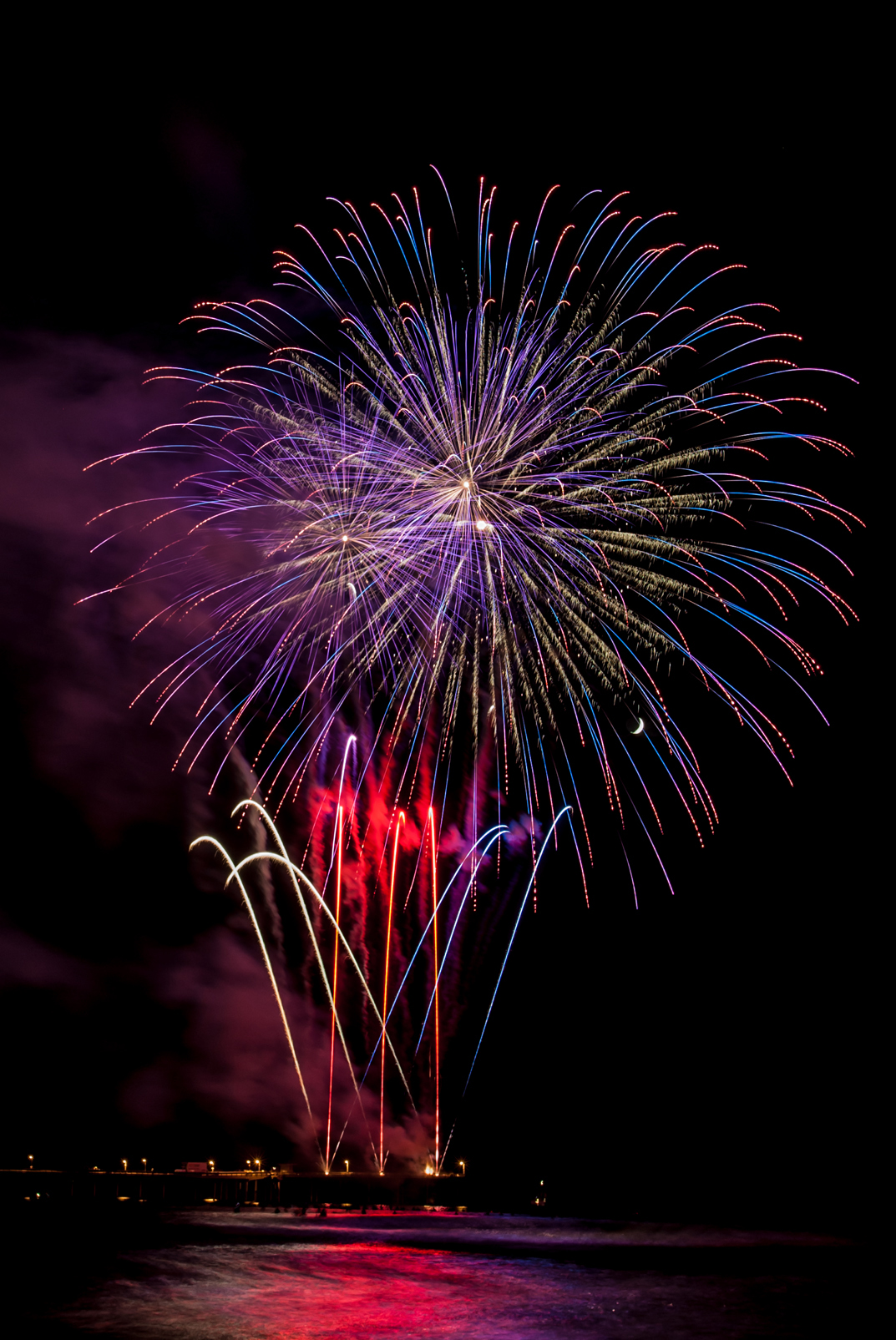
ISO 200, 8.3 seconds, f/10
The light trails created by the fireworks change color as the different materials burn.
To successfully capture a fireworks display, you need to actually capture the light trails produced as the burning elements travel through the sky. To do this, the shutter on your camera needs to be open for quite a long time to allow for the movement of light to be recorded. The great advantage of digital photography is that the camera screen provides instant feedback after each shot. This allows you to make adjustments while the fireworks display is still going on.
There are challenges to photographing fireworks, and chief among them is getting the exposure right. The exposure is controlled by three camera settings: the ISO, the Shutter Speed, and the Aperture. When you allow the camera to take control of any of these three things, it uses the built-in light meter to read the amount of light in the scene and automatically adjust the settings. For example, in Auto or Program Auto (P) mode, the camera sets both the Shutter Speed and the Aperture based on the ISO you set along with its built-in light meter reading. When you use Aperture Priority, you set the ISO and Aperture, but the camera picks the Shutter Speed based on the light meter reading. When you choose Shutter Speed Priority, the camera picks the Aperture based on your choices for Shutter Speed and ISO and the built-in light meter reading.







